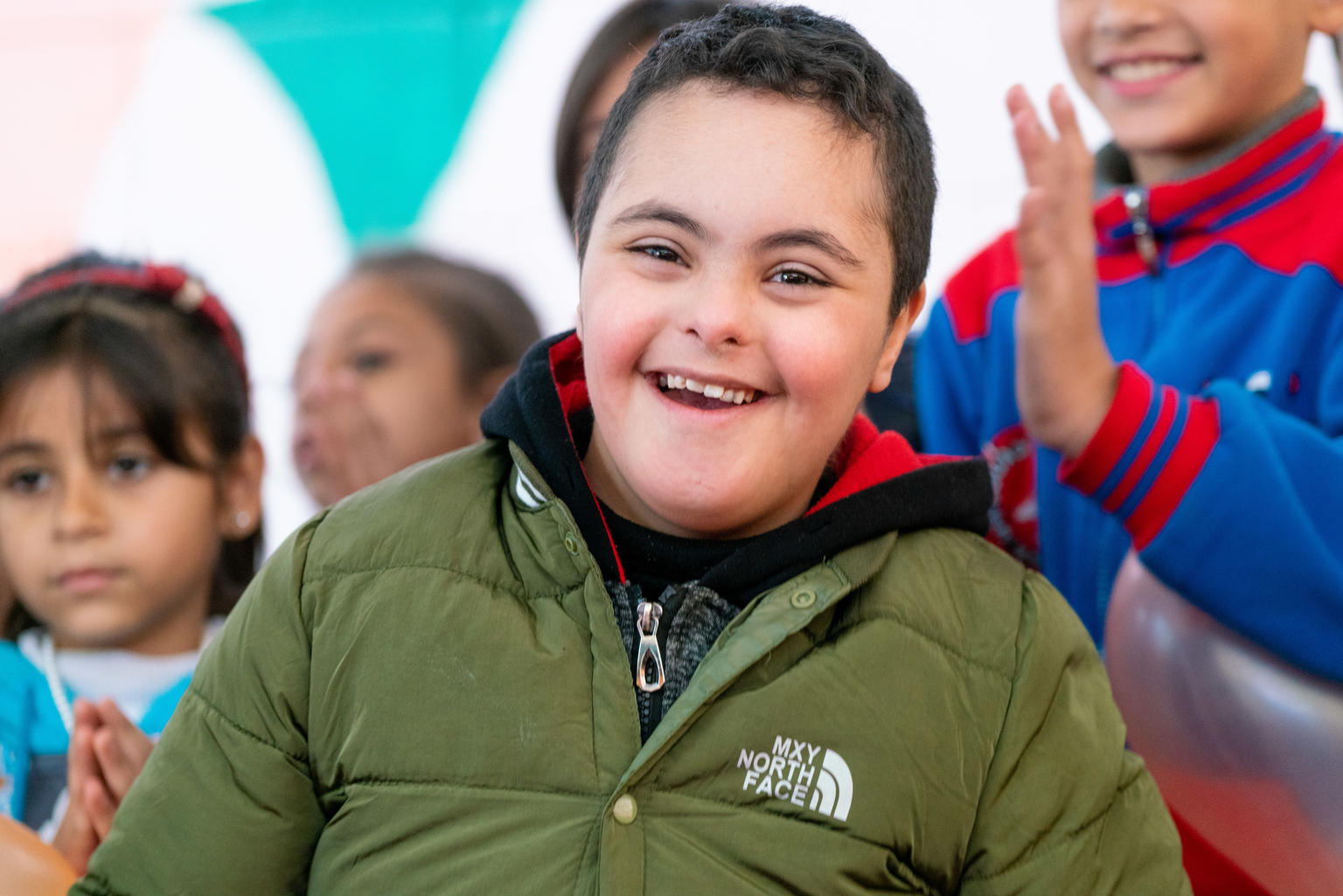
Many of us are interested in advocating for the rights of people with disabilities. But sometimes, even when we want to send a positive message, we don’t always use the rights terms.
Voices of Youth and UNICEF asked three young disability advocates - Barbora, Keer, and Rolando - to put together a list of Dos and Don’ts for writing about issues of disability.
Do
-
Use people-first terminology: the focus is on individual instead of disability. For example:
-
‘Person with a disability’ rather than ‘disabled person’
-
‘Child who is blind’ rather than ‘blind child’
-
-
Consider a person as contributor rather than as a beneficiary. For example:
-
Instead of saying “let’s create safe homes for persons with disabilities”, consider saying “let’s work together with persons with disabilities to create communities, societies, and a world that is inclusive for all people.”
-
-
Focus on the positive and empowering, rather than negative and patronising, situations related to experience of youth with disabilities.
-
When writing about the barriers that youth with disabilities face, consider offering a solution that is being applied somewhere already. For example to ensure that children and youth with disabilities could attend an event, have it in accessible building and invite sign language interpreter.
-
Reference the UN Convention on the Rights of Persons with Disabilities, when you share disability terminology or while advocating for the rights to education, accessibility, health etc.
-
Make sure your content is accessible to as many people as possible. For example: add alt text to your images, and subtitles to your videos.


Don’t
-
Don’t use terms that lead to exclusion. For example, “special” is associated with “separate and segregated”
-
Don’t use "unfortunate" or "sad" when describing people with disabilities. Emphasize abilities instead. For example, instead of writing “She is confined to a wheelchair”, just say “She uses a wheelchair”
-
Don’t portray a person with a disability as superhuman. It often implies that a person with a disability has very limited skills and talents.
-
Don’t focus on differences - focus on similarities and how inclusivity means we can all enjoy full lives. E.g. “Just like every other teenager he is into social media and Vampire movies, the only difference is that he watches these movies with cinema audio descriptions that explain what’s happening on the screen”

